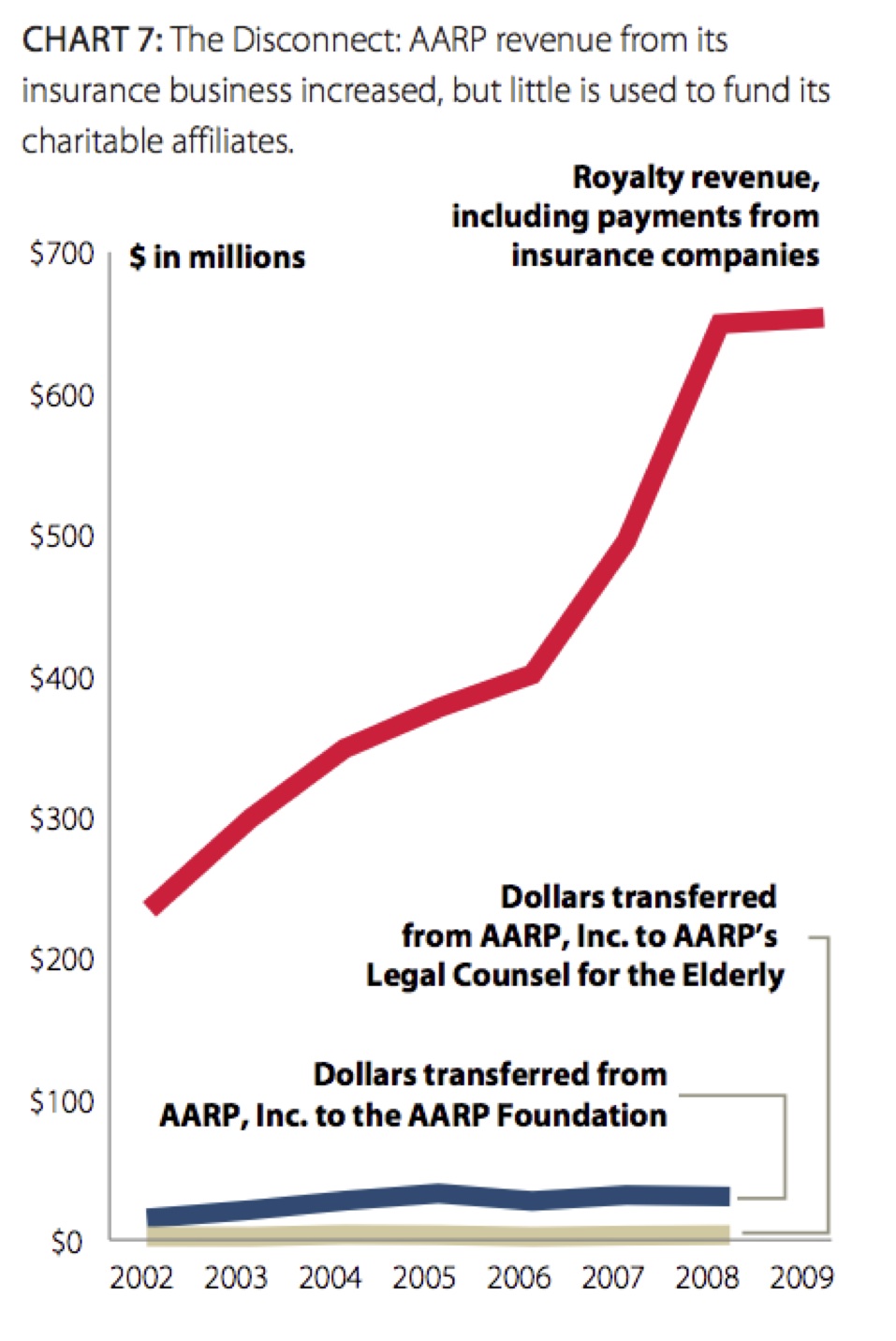Last week, the Volt, GM’s signature hybrid vehicle, turned in a lackluster performance in its first series of road tests by Consumer Reports. CR told Reuters on Monday that “when you look at the finances, [the Volt] doesn’t make any sense.” The publication went on to note that the Volt was “not particularly efficient as an electric vehicle and not particularly good as a gas vehicle… This is going to be a tough sell to the average consumer.”
GM and the Feds are betting the farm — and their credibility — on the Volt. As Truth About Cars editor Edward Niedermeyer wrote last year in the New York Times, the history of the Volt was never about making a “best in class” green vehicle, it was always about making the bailout look palatable – whatever the cost. And according to Niedermeyer, it’s quite a cost:
“Start with the $50 billion bailout…add $240 million in Energy Department grants doled out to G.M. last summer, $150 million in federal money to the Volt’s Korean battery supplier, up to $1.5 billion in tax breaks for purchasers and other consumer incentives, and some significant portion of the $14 billion loan G.M. got in 2008 for ‘retooling’ its plants, and you’ve got some idea of how much taxpayer cash is built into every Volt.”
More troubling still is that the average American taxpayer who foot the bill for GM’s massive bailout, isn’t even getting a car they can afford. In 2009, Obama’s Presidential Task Force on the Auto Industry reported that the Volt “will likely be too expensive to be commercially successful in the short term.”
A Washington Post editorial last August echoed the sentiment, describing the Volt as far too expensive for average Americans and suggesting the only way to sell Volts, even to the well off, was with a large federal subsidy. It argued that that each Volt subsidy comes at the cost of federally supported income redistribution… to America’s most wealthy.
But all of the bellyaching and criticism WILL be irrelevant if consumers actually embrace the new hybrid vehicle. How’s it going so far? See below.
Check out the other posts in this series:
Government Motors’ Folly: By the Numbers
Government Motors, Part II: Lobbyists Tops in the Bailout Business


COMMENTS
Please let us know if you're having issues with commenting.